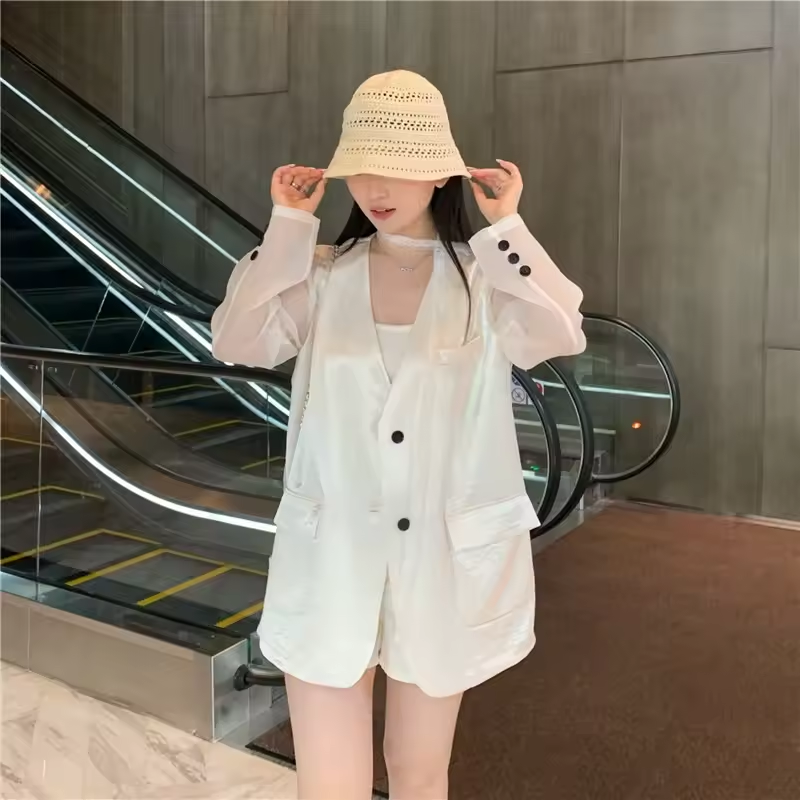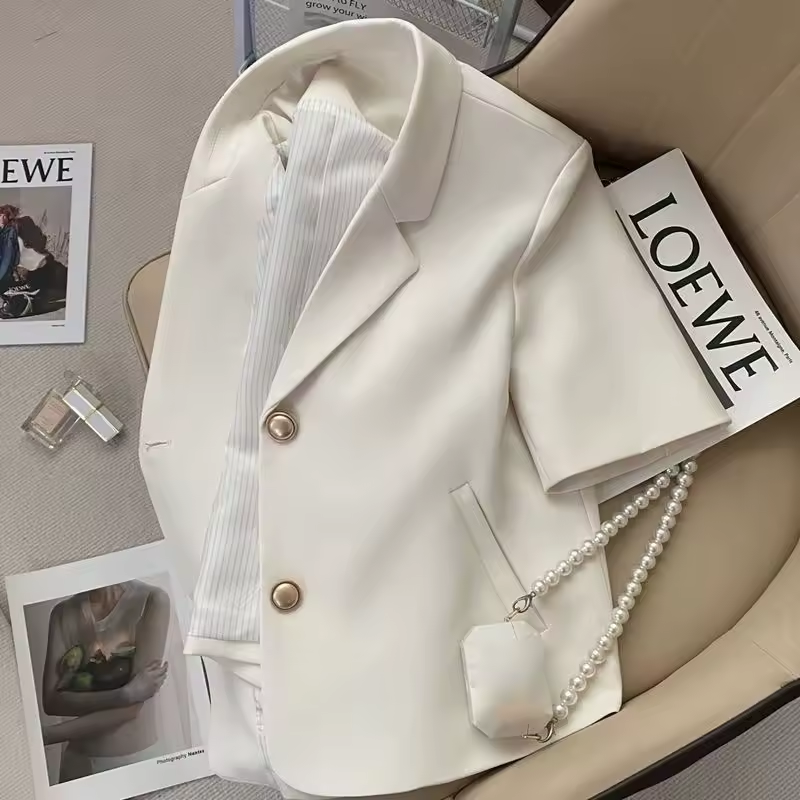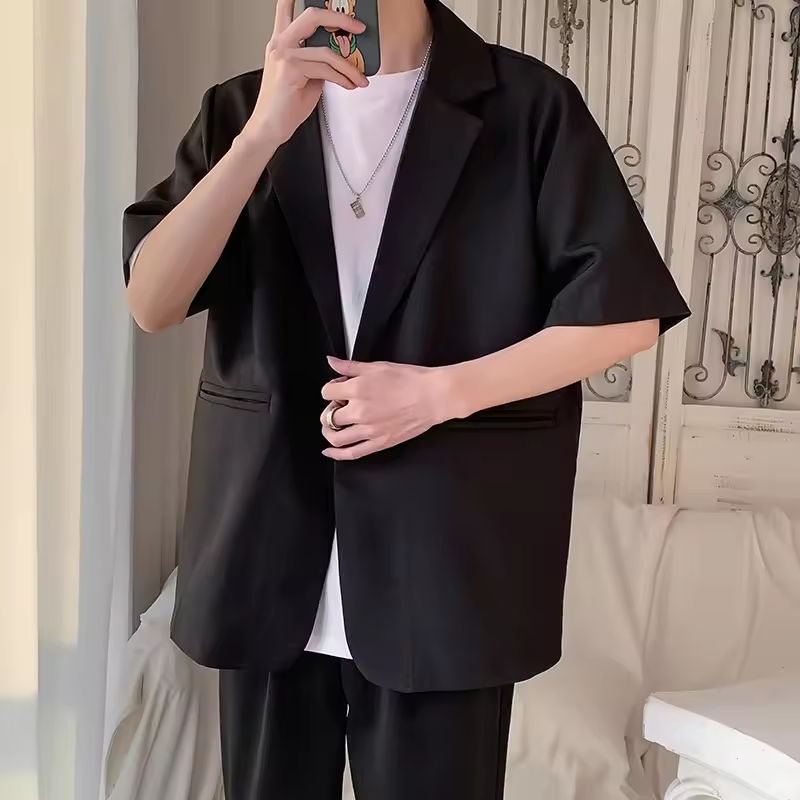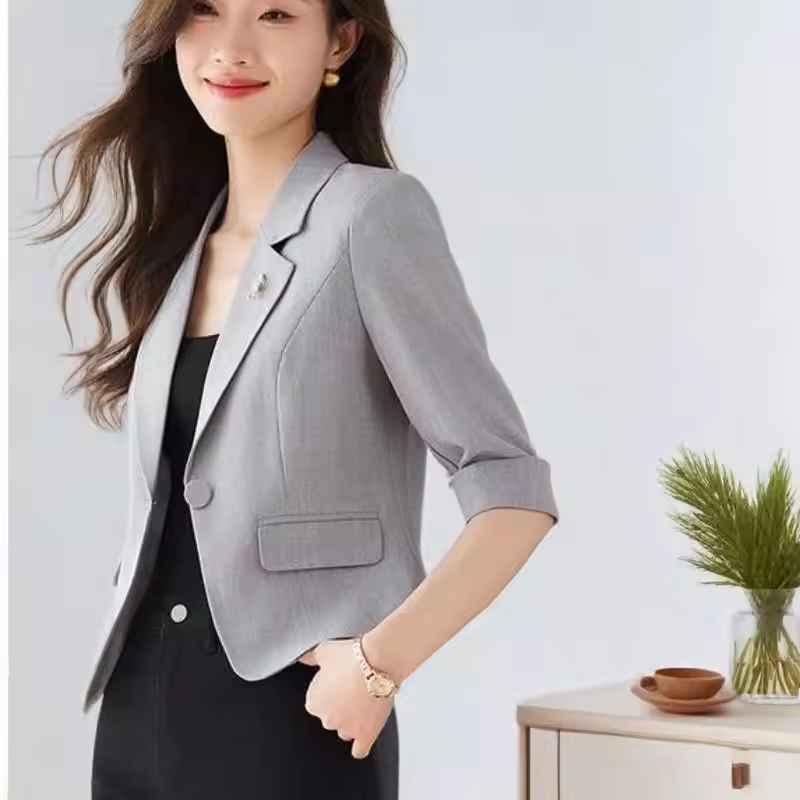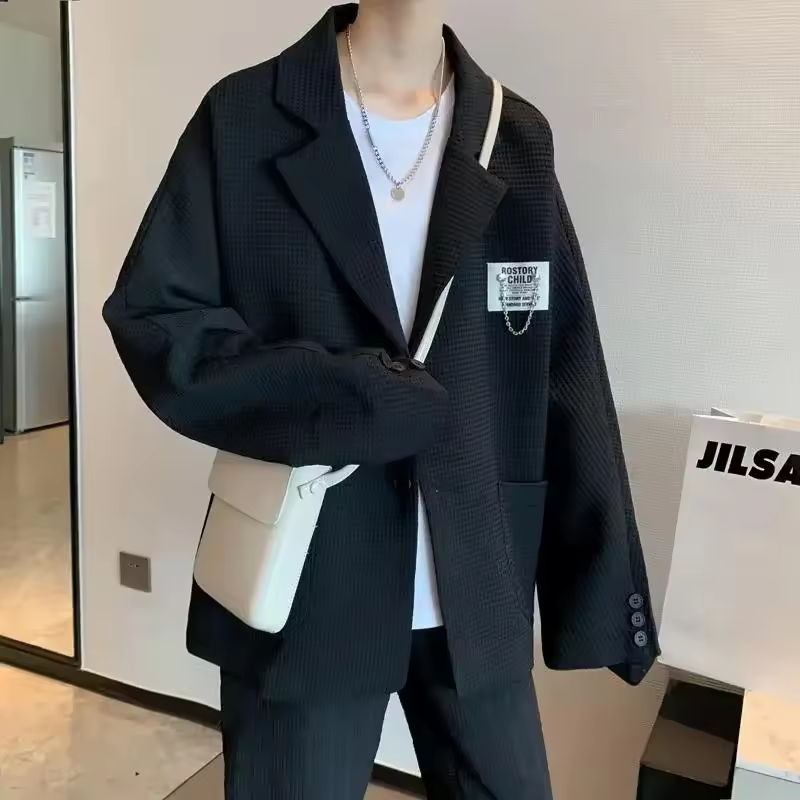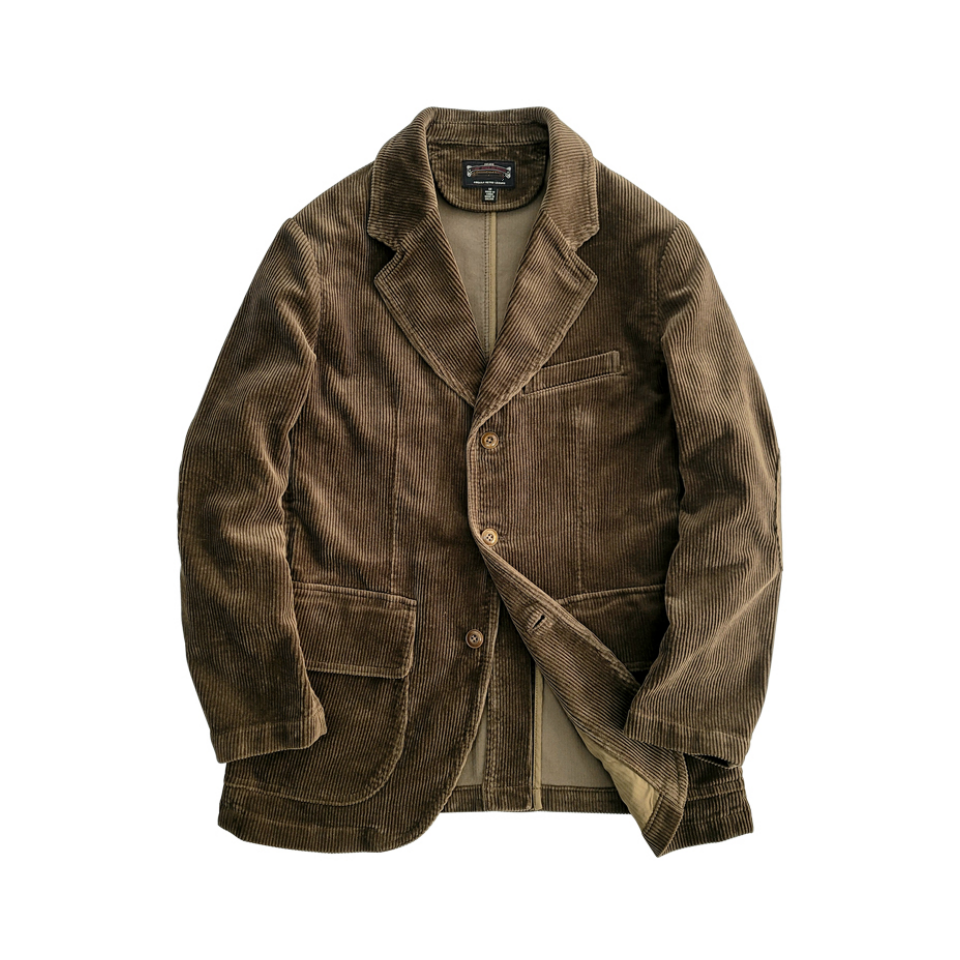
The sport coat is one of the most versatile pieces in a modern gentleman’s wardrobe. This timeless garment can effortlessly transition from casual to formal settings, making it a key element of contemporary menswear. While once relegated to the realm of traditional suiting, the sport coat has evolved into a dynamic wardrobe staple that embodies style and sophistication. In this article, we will explore the history of the sport coat, its various styles, how to wear it, and why it remains an essential item for any man today.
The Evolution of the Sport Coat
A Brief History
The sport coat has its origins in the 19th century when gentlemen would wear specialty jackets for sporting events. Initially designed for hunting and outdoor activities, these jackets were crafted from durable fabrics to withstand the rigors of outdoor life. Over time, the sport coat transitioned from a function-based garment to a stylish and versatile piece of attire that could be worn on many occasions.
In the early 20th century, the popularity of the sport coat soared, especially after becoming a symbol of leisure and refined taste. Men began wearing them for social occasions, transforming them into a fashionable alternative to formal suit jackets. The casual elegance of the sport coat allowed men to express their style while still looking polished, marking its place in fashion history.
Modern Interpretation
Today, the sport coat is recognized as a modern classic. Designers have embraced it, offering a range of styles, colors, and fabrics. The sport coat has adapted to reflect current trends while retaining its core essence. Men can easily pair a sport coat with various outfits, making it a reliable option for both professional and social settings. This versatility has contributed to its longevity as a beloved piece of menswear.
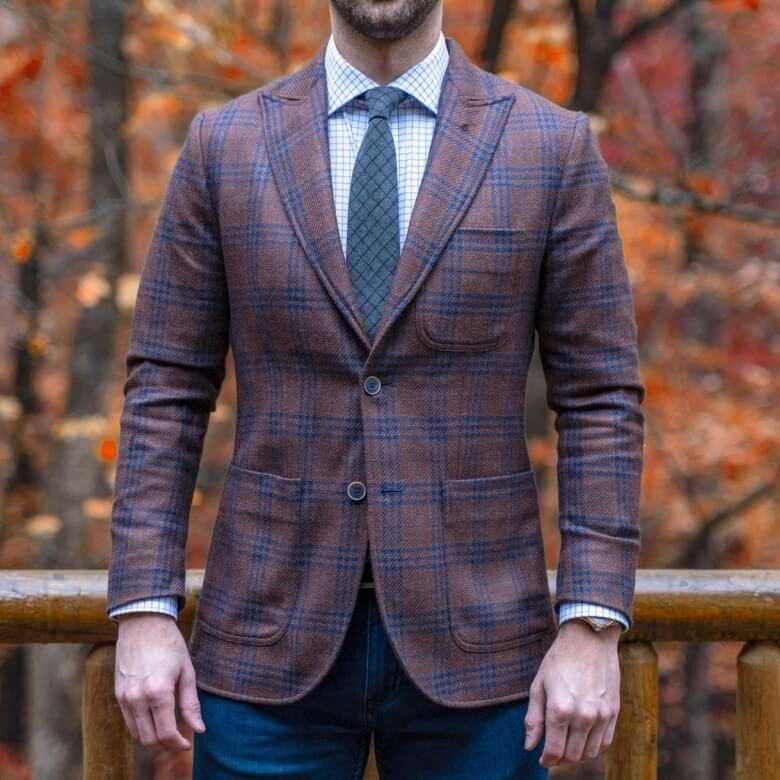
Key Features of a Quality Coat
Fabric Choices
One of the first features to consider when choosing a sport coat is the fabric. Sport coats are made from various materials, each offering different levels of comfort and style. Popular fabric choices include wool, cotton, linen, and blends. Wool is a traditional favorite, providing warmth and durability. It’s especially suitable for cooler weather and can be worn throughout most seasons.
Cotton sport coats offer a more casual look and are ideal for warm weather. They are lightweight and breathable, making them comfortable for outdoor events. Linen, while less formal, is another excellent warm-weather option. It has a relaxed and airy feel, adding an effortless charm to any outfit. Each fabric type contributes to the coat’s overall character, so consider your wardrobe and occasions when making your choice.
Fit and Tailoring
The fit of a sport coat plays a critical role in how it flatters the wearer. While there are different styles available, it’s essential to find a fit that enhances your silhouette. Common fits include classic, tailored, and slim. A classic fit is more relaxed and provides ample room for movement. On the other hand, tailored and slim fits offer a more modern look, creating a sleek appearance.
For the best results, consider having your sport coat tailored. A professional fitting can adjust the coat to fit your body perfectly, enhancing both comfort and style. Key areas to focus on include shoulder width, sleeve length, and waist tightening. A well-fitted sport coat can elevate your outfit and leave a lasting impression.
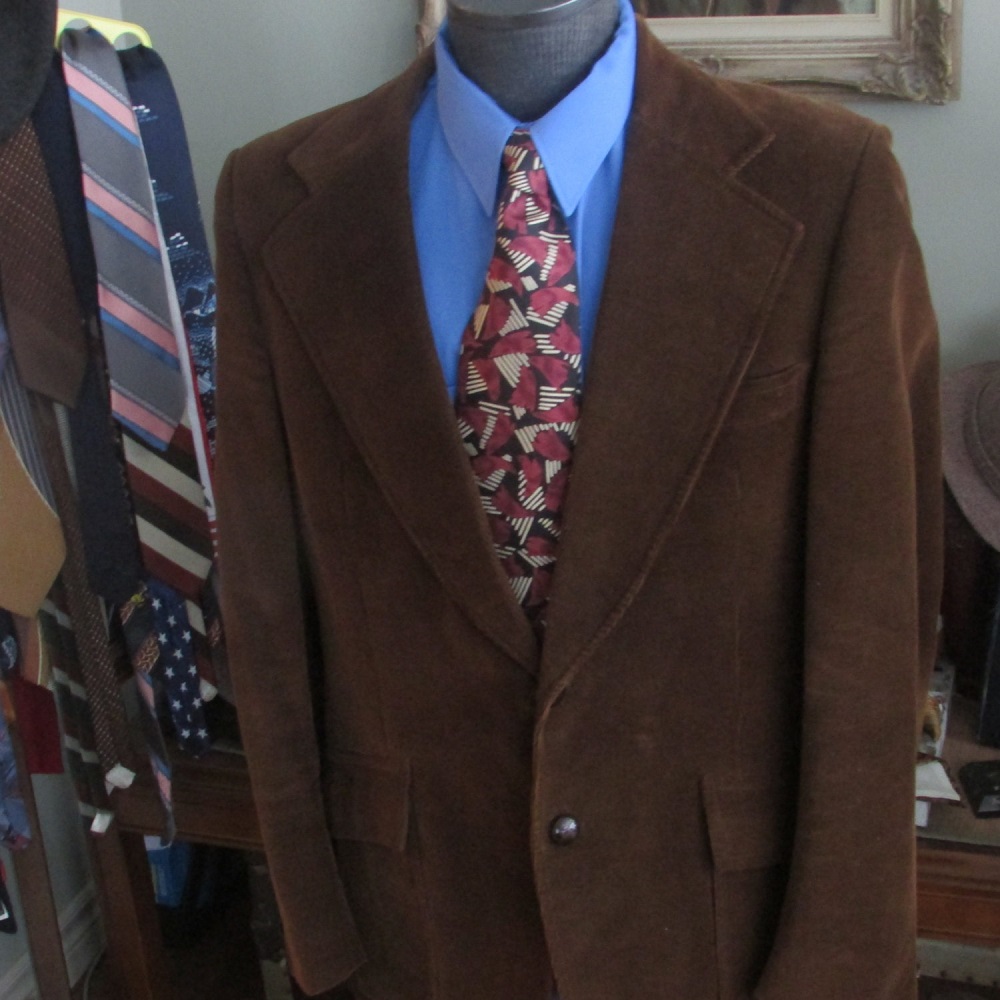
Color and Design
Color and design are crucial when selecting a sport coat. Classic colors like navy blue, charcoal gray, and beige are versatile for various occasions. These neutral options can easily be mixed and matched with different shirts and trousers. However, do not shy away from bold colors or unique patterns like houndstooth, plaid, or gingham. These designs can add flair and personality to your wardrobe.
When experimenting with color and patterns, consider the level of formality required for the event. For formal occasions, opt for solid colors or subtle patterns. For more casual outings, feel free to explore brighter colors and interesting designs that showcase your style. A sport coat allows you to express individuality while maintaining a polished look.
How to Style a Coat
Casual Looks
Sport coats can easily create casual yet sophisticated outfits. For an effortless daytime look, pair your coat with a well-fitted t-shirt and dark jeans. This combination provides a contemporary feel while ensuring you look put together. Opt for a sport coat made from lighter fabric for warmer weather and enhance the outfit with stylish sneakers or loafers for a more relaxed vibe.
Accessories can elevate your casual sport coat look. Consider wearing a slim leather belt and a coordinating watch to add a touch of elegance. A pocket square can also introduce a splash of color without being too formal. This balance of casual and smart is what makes sport coats such versatile pieces.
Smart and Formal Attire
For dressier occasions, a sport coat can effortlessly enhance your outfit. Combining a sport coat with tailored trousers and a crisp dress shirt creates a refined business or formal look. To maintain a smart appearance, opt for darker colors and quality fabrics. A well-tailored sport coat can improve your overall silhouette, making you feel confident and polished.
In terms of footwear, consider sleek leather shoes or oxfords to complete the ensemble. Choose dressy shoes that complement your sport coat color to maintain a cohesive look. Finally, do not forget accessories like ties or cufflinks to enhance your outfit further. These details provide the finishing touch, making you stand out during important events.
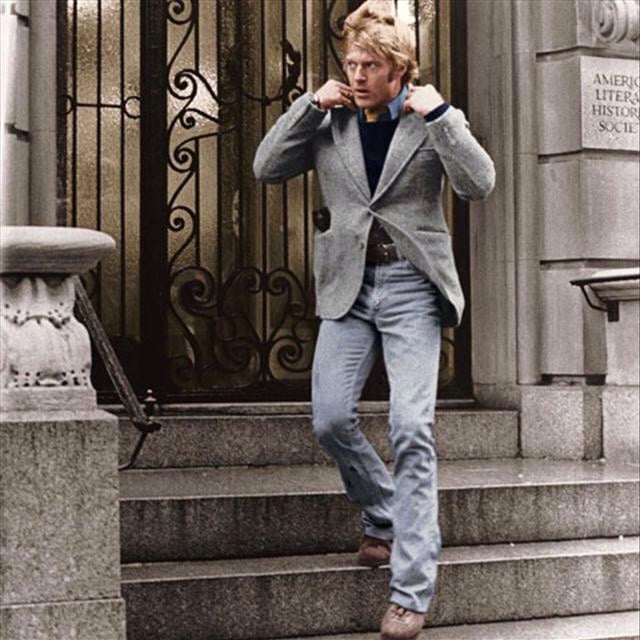
Maintenance and Care Tips
Cleaning and Storage
To ensure the longevity of your sport coats, proper care is essential. Regularly brush your jacket with a lint brush to remove dust, dirt, or hair. If your sport coat is made from wool, consider using a fabric comb to remove any pilling that may occur over time. It’s also wise to hang your jacket on a good-quality hanger to maintain its shape, avoiding the use of wire hangers that may distort the shoulders.
For deep cleaning, always check the care label inside your jacket. Many sport coats can be dry cleaned, so ensure you take them to a reputable cleaner. Avoid frequent washing, as this can wear down the fabric faster. If the coat is made of cotton or linen, you may be able to wash it on a gentle cycle, but always follow manufacturer instructions.
Repairing and Tailoring
Over time, your sport coats may require adjustments or repairs. Loose threads, fallen buttons, or minor rips can occur, particularly if worn frequently. Don’t hesitate to repair these issues early on, either by yourself or by taking it to a tailor. Timely fixes can extend the life of your coat and prevent further damage.
Consider visiting a tailor for more significant alterations, such as adjusting the sleeves or taking in the sides for a better fit. Tailoring is an investment in your wardrobe that can greatly enhance your overall appearance. A well-maintained sport coat will continue to serve you well for years, meeting the demands of your lifestyle.
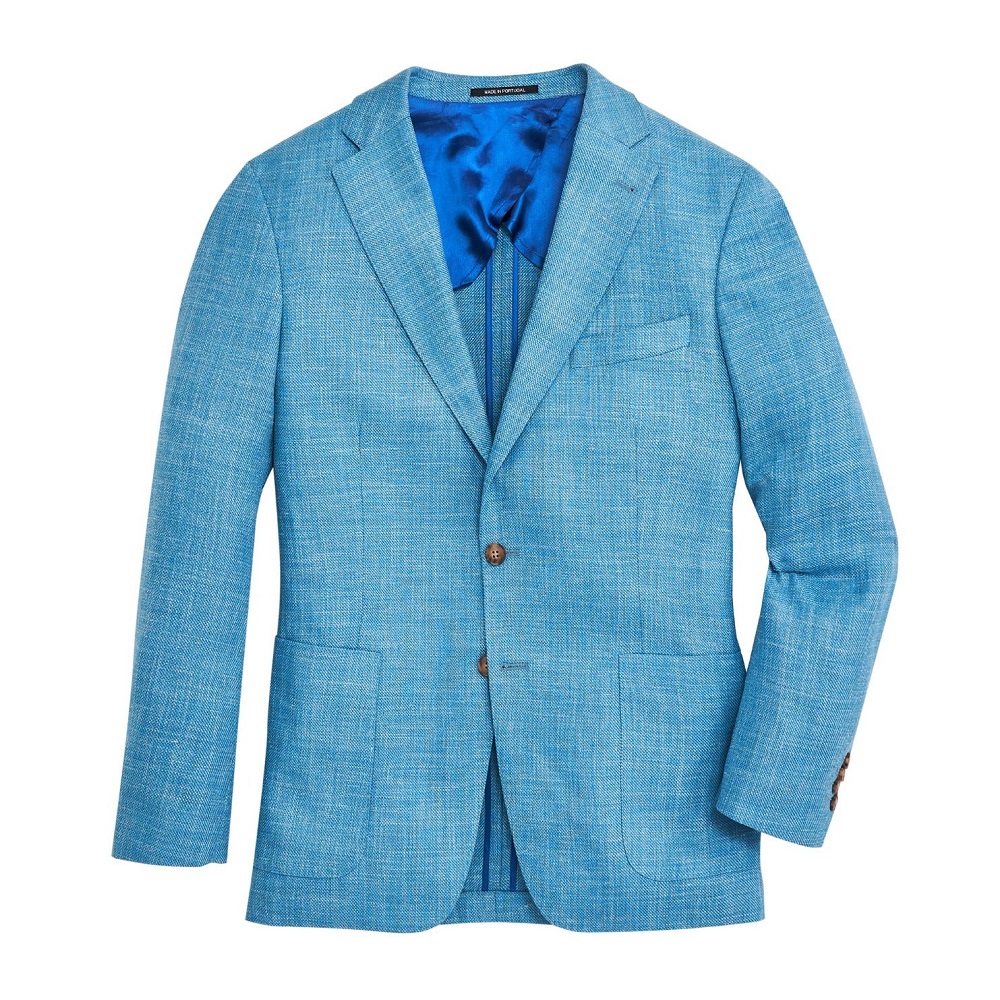
When to Wear a Coat
Versatile Occasions
Understanding when to wear a sport coat can maximize its value in your wardrobe. Sport coats are appropriate for a wide range of events, from casual outings with friends to more formal gatherings, such as weddings or business meetings. Their adaptability makes them perfect for transitioning between different settings without losing style.
For example, you can easily pair a sport coat with jeans and a t-shirt for a casual brunch, or dress it up with slacks and a button-down shirt for an evening event. This versatility allows the sport coats to be a go-to item for many occasions, making it a worthwhile investment for any gentleman’s wardrobe.
Seasonal Considerations
Sport coats are not limited to any specific season, but the choice of fabric and layering can impact when to wear them. Lightweight fabrics like linen or cotton are excellent for spring and summer wear. In contrast, heavier materials such as wool or tweed are suitable for the cooler months. Choose colors and patterns that align with the season as well; lighter hues work well in spring, while darker tones are perfect for fall and winter.
Additionally, consider layering options when it’s cooler outside. Pairing a sport coat with a knit turtleneck or lightweight sweater can provide an extra layer of warmth without sacrificing style. This adaptability allows you to enjoy your sport coats year-round while staying comfortable in varying temperatures.
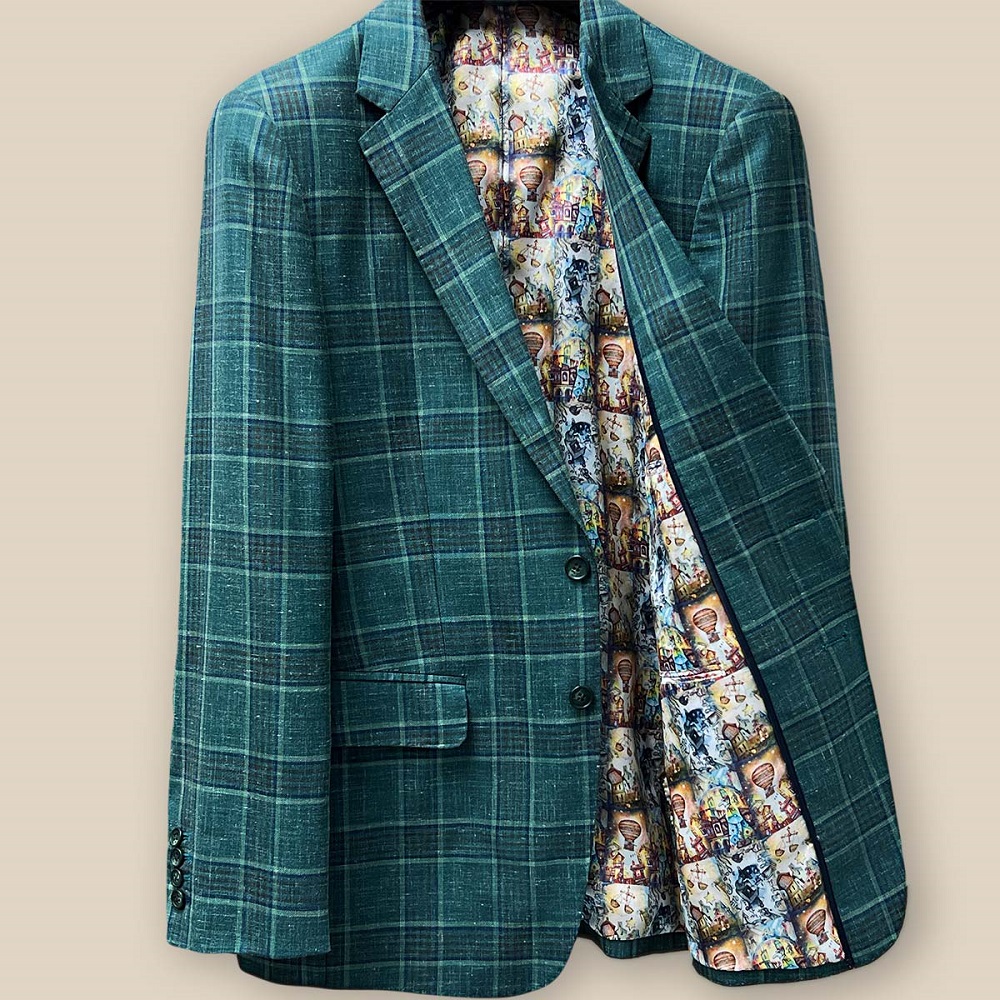
Conclusion: Embrace the Sport Coat
In conclusion, the sport coat is an essential wardrobe staple for the modern gentleman. Its versatility, elegance, and ability to adapt to various styles make it a valuable addition to any clothing collection. From casual outings to formal events, the sport coat can elevate any outfit and help you express your unique style.
As you explore different styles, fabrics, and customization options, consider investing in a quality sport coat that will last for years to come. Embrace the opportunity for personalization, whether through colors, patterns, or accessories. Just as a well-selected women’s fitness tank top can enhance your active wardrobe, a well-cared-for sport coat can become a signature piece that defines your fashion identity.
By understanding the features, care requirements, and appropriate occasions for sport coats, you can make informed decisions that enhance your wardrobe. As fashion continues to evolve, the sport coat remains a timeless symbol of sophistication and style. Embrace this classic piece and enjoy the confidence it brings to your wardrobe!

